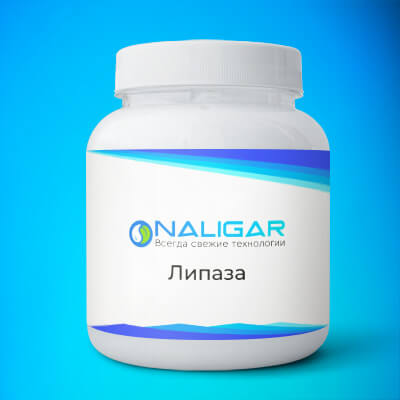

An enzyme such as lipase has become widespread in cheese production. This component promotes the hydrolysis of lipid substrates, allowing to dissolve and break down fats. In Western Europe, it has been used for more than 50 years in the production of both soft and hard cheeses. Lipase is produced from the salivary (epiglottic) glands of young goats, calves and lambs.
Accordingly, the main types of lipases in cheese making are veal, goat and lamb.
When this enzyme is added to pasteurized milk, the lipolysis process is started, which positively affects the technological characteristics of the cheese. The action of lipase can be observed even during the aging period of cheese.
The effect of lipase on cheese quality and production costs:
The quality of the components directly affects the quality of the produced cheese, so the main task of Naligar is to provide partners with only the best samples of this enzyme preparation.
| Name of enzyme | Description | Activity |
|---|---|---|
| Astro Lipase produced by Calza Clemente s.r.l. (Italy) | Veal lipase | It creates a delicate, but very noticeable taste, the aroma of butter, a light piquant aroma. |
| Astro Lipase produced by Calza Clemente s.r.l. (Italy) | Lamb lipase | Creates a sharper and stronger taste, the effect of elastic, elongated taste. |
| Astro Lipase produced by Calza Clemente s.r.l. (Italy) | Goat lipase | It creates a strong, pronounced piquant taste, similar to the Italian cheese Provolone. The scent of goat milk is very noticeable. |